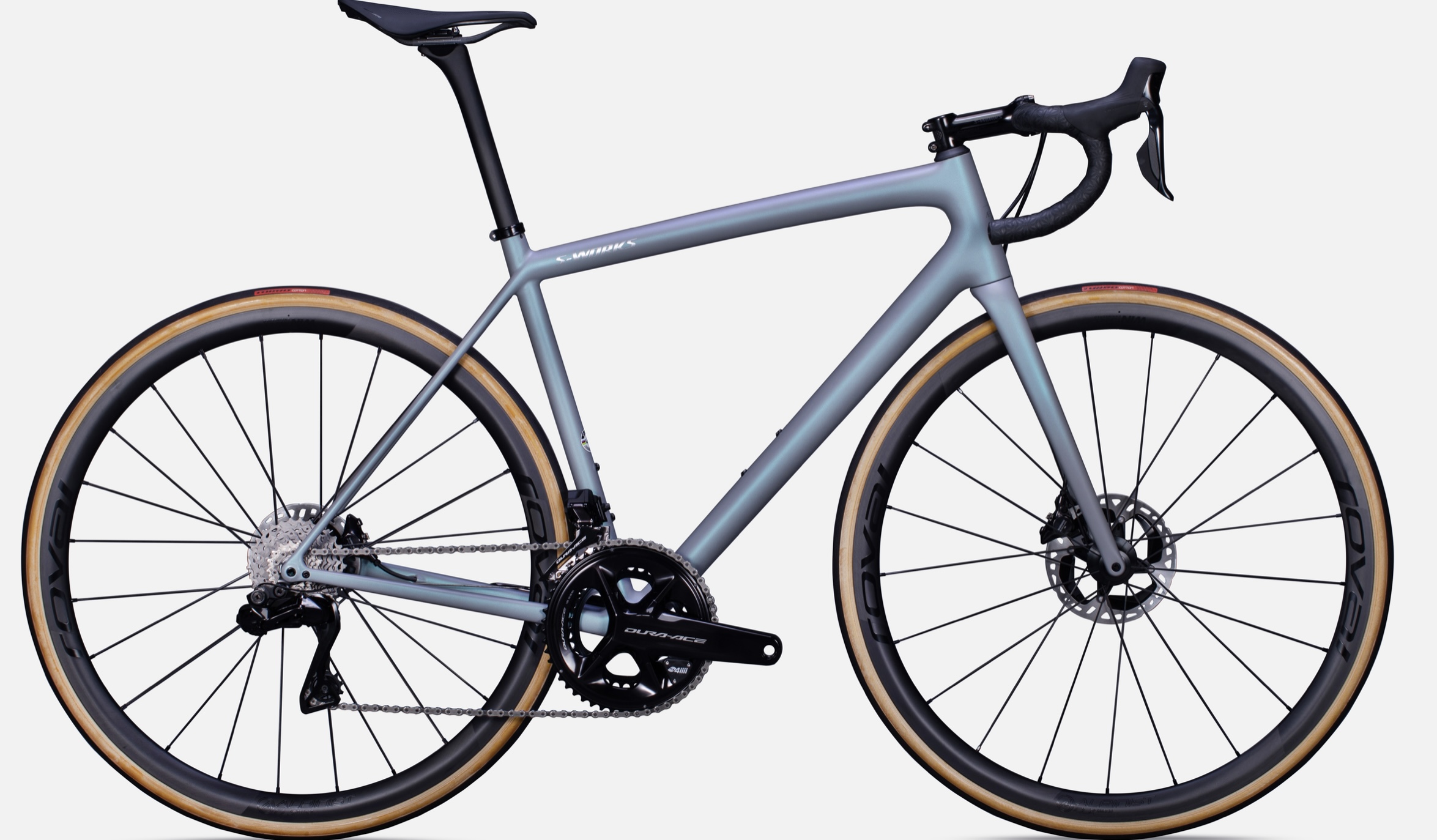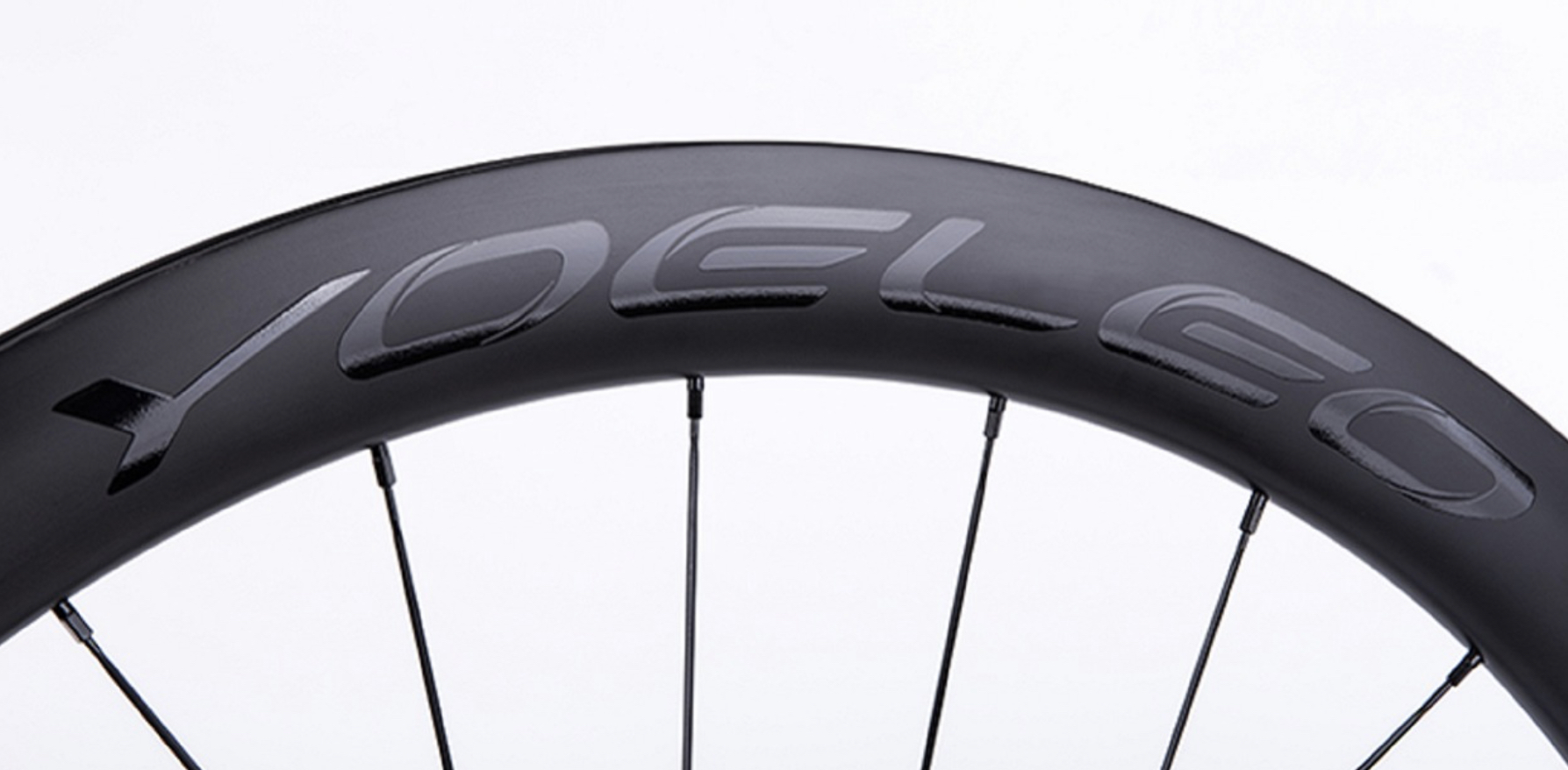
Why are lighter bikes more expensive?
Lighter bikes are typically more expensive for several key reasons:
- Advanced Materials: Lighter bikes are constructed using high-end materials such as carbon fiber, titanium, and lightweight alloys. These materials are not only expensive to source but also require specialized manufacturing processes.
- Engineering Precision: Designing and engineering a bike to be lighter while maintaining structural integrity and performance requires a high level of precision. The research and development involved in creating these designs contribute to the overall cost.
- Quality Components: Lighter bikes often come equipped with top-tier components, including high-performance drivetrains, brakes, and wheels. These components contribute to the bike’s overall weight reduction but also add to the price tag.
- Labor Intensity: Building a lightweight bike can be more labor-intensive due to the need for precise assembly and attention to detail. Skilled labor is essential, which can increase production costs.
- Testing and Quality Control: Manufacturers of lighter bikes often invest more in quality control and testing to ensure that every bike meets stringent weight and performance standards. This adds to the overall cost.
- Limited Production: Lighter bikes are sometimes produced in smaller quantities compared to mass-produced models. This limited production scale can lead to higher per-unit manufacturing costs.
- Market Demand: There is a market demand for lightweight bikes among cycling enthusiasts, athletes, and competitive riders. Manufacturers may price these bikes higher because they cater to a niche market willing to pay for the benefits of reduced weight and improved performance.
“Bicycles may change, but cycling is timeless.” -Zapata Espinoza








